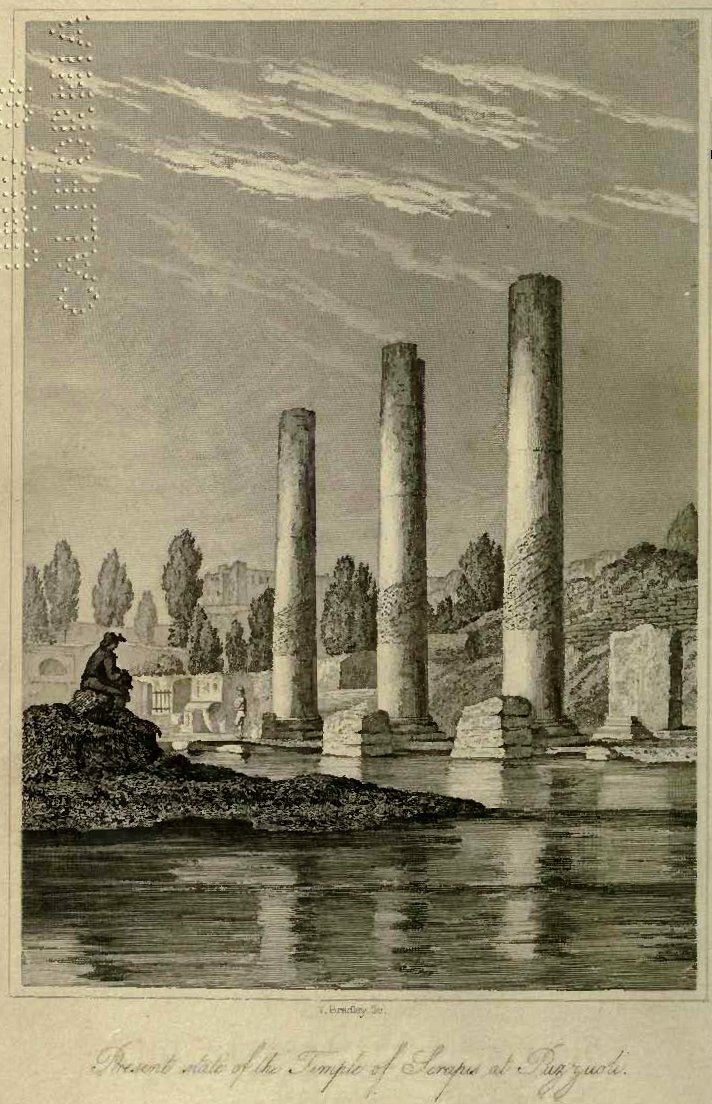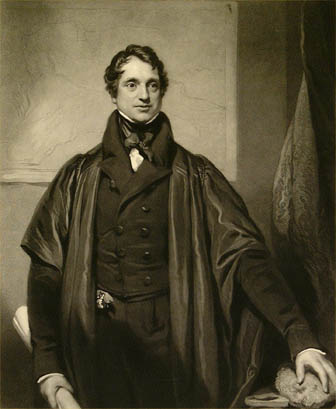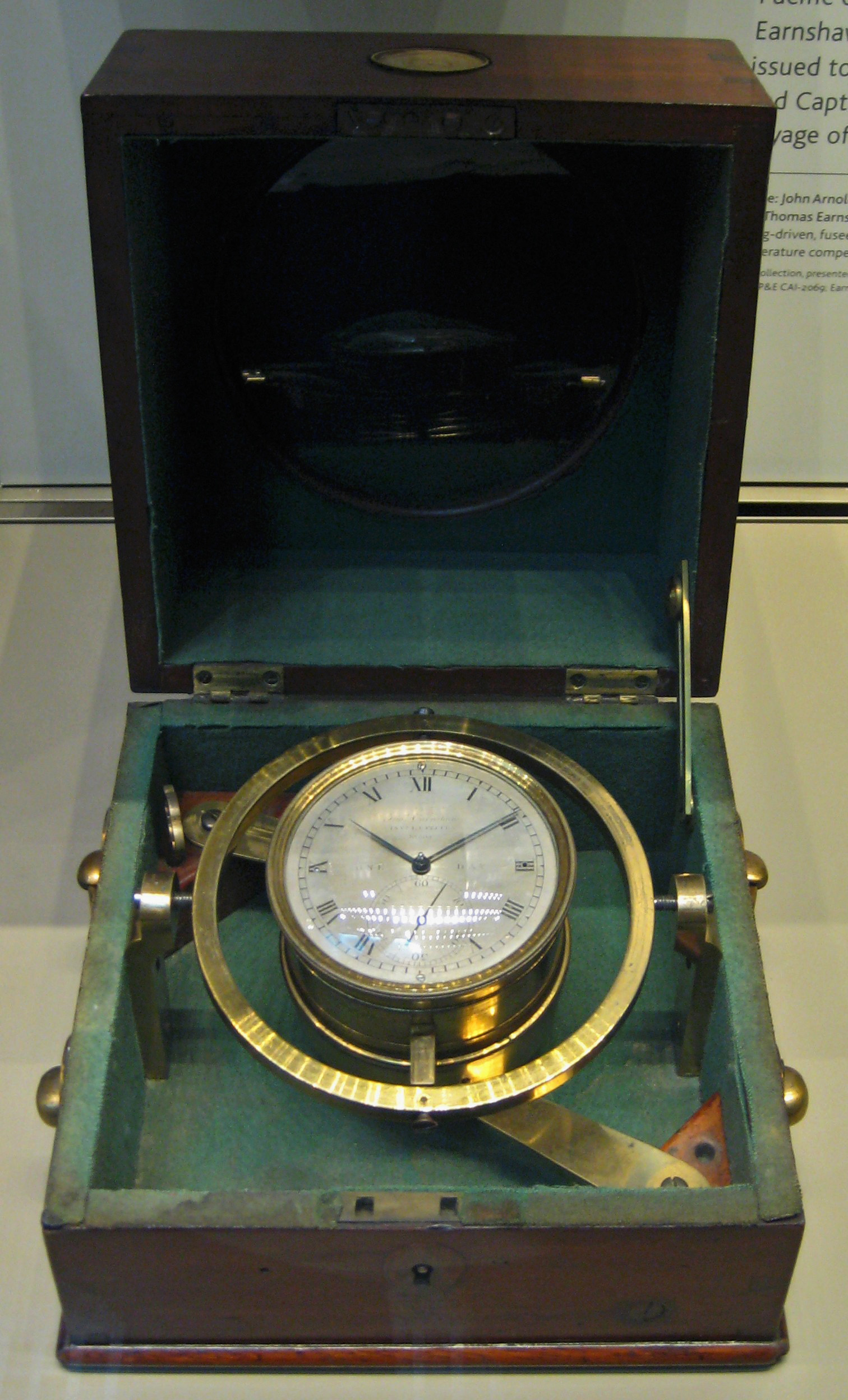|
Principles Of Geology
''Principles of Geology: Being an Attempt to Explain the Former Changes of the Earth's Surface, by Reference to Causes Now in Operation'' is a book by the Scottish geologist Charles Lyell that was first published in 3 volumes from 1830 to 1833. Lyell used the theory of uniformitarianism to describe how the Earth's surface was changing over time. This theory was in direct contrast to the geological theory of catastrophism. Many individuals believed in catastrophism to allow room for religious beliefs. For example, the Genesis flood narrative could be described as a real geological event as catastrophism describes the changing of the Earth surface as one-time, violent events. Lyell challenged the believers of the catastrophic theory by studying Mount Etna in Sicily and describing the changes from one stratum to another and the fossil records within the rocks to prove that slow, gradual changes were the cause of the ever-changing Earth's surface. Lyell used geological evidence to de ... [...More Info...] [...Related Items...] OR: [Wikipedia] [Google] [Baidu] |
Charles Lyell
Sir Charles Lyell, 1st Baronet, (14 November 1797 – 22 February 1875) was a Scottish geologist who demonstrated the power of known natural causes in explaining the earth's history. He is best known today for his association with Charles Darwin and as the author of ''Principles of Geology'' (1830–33), which presented to a wide public audience the idea that the earth was shaped by the same natural processes still in operation today, operating at similar intensities. The philosopher William Whewell dubbed this gradualism, gradualistic view "uniformitarianism" and contrasted it with catastrophism, which had been championed by Georges Cuvier and was better accepted in Europe. The combination of evidence and eloquence in ''Principles'' convinced a wide range of readers of the significance of "deep time" for understanding the earth and environment. Lyell's scientific contributions included a pioneering explanation of climate change, in which shifting boundaries between oceans ... [...More Info...] [...Related Items...] OR: [Wikipedia] [Google] [Baidu] |
Theory Of The Earth
''Theory of the Earth'' is a publication by James Hutton which laid the foundations for geology. In it he showed that the Earth is the product of natural forces. What could be seen happening today, over long periods of time, could produce what we see in the rocks. It also hypothesized that the age of the Earth was much older than what biblical literalists claim.Gribbin, John. ''The Scientists: A History of Science Told Through the Lives of Its Greatest Inventors''. New York, Random House, 2002. p. 315. This idea, uniformitarianism, was used by Charles Lyell in his work, and Lyell's textbook was an important influence on Charles Darwin. The work was first published in 1788 by the Royal Society of Edinburgh, and later in 1795 as two book volumes. Hutton recognized that rocks record the evidence of the past action of processes which still operate today. He also anticipated natural selection, as follows: "Those which depart most from the best adapted constitution, will be the most ... [...More Info...] [...Related Items...] OR: [Wikipedia] [Google] [Baidu] |
Solar System
The Solar SystemCapitalization of the name varies. The International Astronomical Union, the authoritative body regarding astronomical nomenclature, specifies capitalizing the names of all individual astronomical objects but uses mixed "Solar System" and "solar system" structures in theinaming guidelines document. The name is commonly rendered in lower case ('solar system'), as, for example, in the ''Oxford English Dictionary'' an''Merriam-Webster's 11th Collegiate Dictionary''. is the gravitationally bound Planetary system, system of the Sun and the objects that orbit it. It Formation and evolution of the Solar System, formed about 4.6 billion years ago when a dense region of a molecular cloud collapsed, forming the Sun and a protoplanetary disc. The Sun is a typical star that maintains a hydrostatic equilibrium, balanced equilibrium by the thermonuclear fusion, fusion of hydrogen into helium at its stellar core, core, releasing this energy from its outer photosphere. As ... [...More Info...] [...Related Items...] OR: [Wikipedia] [Google] [Baidu] |
Extinction Event
An extinction event (also known as a mass extinction or biotic crisis) is a widespread and rapid decrease in the biodiversity on Earth. Such an event is identified by a sharp fall in the diversity and abundance of multicellular organisms. It occurs when the rate of extinction increases with respect to the background extinction rate and the rate of speciation. Estimates of the number of major mass extinctions in the last 540 million years range from as few as five to more than twenty. These differences stem from disagreement as to what constitutes a "major" extinction event, and the data chosen to measure past diversity. The "Big Five" mass extinctions In a landmark paper published in 1982, Jack Sepkoski and David M. Raup identified five particular geological intervals with excessive diversity loss. They were originally identified as outliers on a general trend of decreasing extinction rates during the Phanerozoic, but as more stringent statistical tests have been applied t ... [...More Info...] [...Related Items...] OR: [Wikipedia] [Google] [Baidu] |
Georges Cuvier
Jean Léopold Nicolas Frédéric, baron Cuvier (23 August 1769 – 13 May 1832), known as Georges Cuvier (; ), was a French natural history, naturalist and zoology, zoologist, sometimes referred to as the "founding father of paleontology". Cuvier was a major figure in natural sciences research in the early 19th century and was instrumental in establishing the fields of comparative anatomy and paleontology through his work in comparing living animals with fossils. Cuvier's work is considered the foundation of vertebrate paleontology, and he expanded Linnaean taxonomy by grouping classes into phylum, phyla and incorporating both fossils and living species into the classification. Cuvier is also known for establishing extinction as a fact—at the time, extinction was considered by many of Cuvier's contemporaries to be merely controversial speculation. In his ''Essay on the Theory of the Earth'' (1813) Cuvier proposed that now-extinct species had been wiped out by periodic catastr ... [...More Info...] [...Related Items...] OR: [Wikipedia] [Google] [Baidu] |
Adam Sedgwick
Adam Sedgwick FRS (; 22 March 1785 – 27 January 1873) was a British geologist and Anglican priest, one of the founders of modern geology. He proposed the Cambrian and Devonian period of the geological timescale. Based on work which he did on Welsh rock strata, he proposed the Cambrian period in 1835, in a joint publication in which Roderick Murchison also proposed the Silurian period. Later in 1840, to resolve what later became known as the Great Devonian Controversy about rocks near the boundary between the Silurian and Carboniferous periods, he and Murchison proposed the Devonian period. Though he had guided the young Charles Darwin in his early study of geology and continued to be on friendly terms, Sedgwick was an opponent of Darwin's theory of evolution by means of natural selection. He strongly opposed the admission of women to the University of Cambridge, in one conversation describing aspiring female students as "nasty forward minxes." Life and career Sedgwick ... [...More Info...] [...Related Items...] OR: [Wikipedia] [Google] [Baidu] |
A Priori And A Posteriori
('from the earlier') and ('from the later') are Latin phrases used in philosophy to distinguish types of knowledge, justification, or argument by their reliance on experience. knowledge is independent from any experience. Examples include mathematics,Some associationist philosophers have contended that mathematics comes from experience and is not a form of any ''a priori'' knowledge () tautologies and deduction from pure reason. Galen Strawson has stated that an argument is one in which "you can see that it is true just lying on your couch. You don't have to get up off your couch and go outside and examine the way things are in the physical world. You don't have to do any science." () knowledge depends on empirical evidence. Examples include most fields of science and aspects of personal knowledge. The terms originate from the analytic methods found in '' Organon'', a collection of works by Aristotle. Prior analytics () is about deductive logic, which comes from ... [...More Info...] [...Related Items...] OR: [Wikipedia] [Google] [Baidu] |
Atoll
An atoll () is a ring-shaped island, including a coral rim that encircles a lagoon. There may be coral islands or cays on the rim. Atolls are located in warm tropical or subtropical parts of the oceans and seas where corals can develop. Most of the approximately 440 atolls in the world are in the Pacific Ocean. Two different, well-cited models, the subsidence model and the antecedent karst model, have been used to explain the development of atolls.Droxler, A.W. and Jorry, S.J., 2021. "The Origin of Modern Atolls: Challenging Darwin's Deeply Ingrained Theory". ''Annual Review of Marine Science'', 13, pp. 537–573. According to Charles Darwin's subsidence model, the formation of an atoll is explained by the sinking of a volcanic island around which a coral fringing reef has formed. Over geologic time, the volcanic island becomes extinct and eroded as it subsides completely beneath the surface of the ocean. As the volcanic island subsides, the coral fringing reef becomes a ba ... [...More Info...] [...Related Items...] OR: [Wikipedia] [Google] [Baidu] |
Santiago, Cape Verde
Santiago (Portuguese language, Portuguese for “James, son of Zebedee, Saint James”) is the largest island of Cape Verde, its most important agricultural centre and home to half the nation's population. Part of the Sotavento Islands, it lies between the islands of Maio, Cape Verde, Maio ( to the east) and Fogo, Cape Verde, Fogo ( to the west). It was the first of the islands to be settled: the town of Ribeira Grande (now Cidade Velha and a UNESCO World Heritage Site) was founded in 1462. Santiago is home to the nation's capital city of Praia. History The eastern side of the nearby island of Fogo, Cape Verde, Fogo collapsed into the ocean 73,000 years ago, creating a tsunami high which struck Santiago. In 1460, António de Noli became the first to visit the island. Da Noli settled at ''Ribeira Grande'' (now Cidade Velha) with his family members and Portuguese from Algarve and Alentejo in 1462. [...More Info...] [...Related Items...] OR: [Wikipedia] [Google] [Baidu] |
Second Voyage Of HMS Beagle
The second voyage of HMS ''Beagle'', from 27 December 1831 to 2 October 1836, was the second survey expedition of HMS Beagle, HMS ''Beagle'', made under her newest commander, Robert FitzRoy. FitzRoy had thought of the advantages of having someone onboard who could investigate geology, and sought a natural history, naturalist to accompany them as a wikt:supernumerary, supernumerary. At the age of 22, the graduate Charles Darwin hoped to see the tropics before becoming a parson, and accepted the opportunity. He was greatly influenced by reading Charles Lyell's ''Principles of Geology'' during the voyage. By the end of the expedition, Darwin had made his name as a geologist, and fossil collector, and the publication of his journal (later known as ''The Voyage of the Beagle'') gave him wide renown as a writer. ''Beagle'' sailed across the Atlantic Ocean, and then carried out detailed hydrographic surveys around the coasts of southern South America, returning via Tahiti and Australia ... [...More Info...] [...Related Items...] OR: [Wikipedia] [Google] [Baidu] |
HMS Beagle
HMS ''Beagle'' was a 10-gun brig-sloop of the Royal Navy, one of more than 100 ships of this class. The vessel, constructed at a cost of £7,803, was launched on 11 May 1820 from the Woolwich Dockyard on the River Thames. Later reports say the ship took part in celebrations of the coronation of George IV, passing under the old London Bridge, and was the first rigged man-of-war afloat upriver of the bridge. There was no immediate need for ''Beagle'', so she " lay in ordinary", moored afloat but without masts or rigging. She was then adapted as a survey barque and took part in three survey expeditions. The second voyage of HMS ''Beagle'' is notable for carrying the recently graduated naturalist Charles Darwin around the world. While the survey work was carried out, Darwin travelled and researched geology, natural history and ethnology onshore. He gained fame by publishing his diary journal, best known as '' The Voyage of the Beagle'', and his findings played a pivotal role ... [...More Info...] [...Related Items...] OR: [Wikipedia] [Google] [Baidu] |
Robert FitzRoy
Vice-Admiral Robert FitzRoy (5 July 1805 – 30 April 1865) was an English officer of the Royal Navy, politician and scientist who served as the second governor of New Zealand between 1843 and 1845. He achieved lasting fame as the captain of during Charles Darwin's famous Second voyage of HMS Beagle, voyage, FitzRoy's second expedition to Tierra del Fuego and the Southern Cone. FitzRoy was a pioneering meteorologist who made accurate weather forecasting, daily weather predictions, which he called by a new name of his own invention: "forecasts". In 1854 he established what would later be called the Met Office, and created systems to get weather information to sailors and fishermen for their safety. He was an able surveyor and hydrography, hydrographer. As Governor of New Zealand, serving from 1843 to 1845, he tried to protect the Māori people, Māori from illegal land sales claimed by British settlers. Early life and career Robert FitzRoy was born at Ampton Hall, Ampton, Suf ... [...More Info...] [...Related Items...] OR: [Wikipedia] [Google] [Baidu] |







